Permaculture Principles
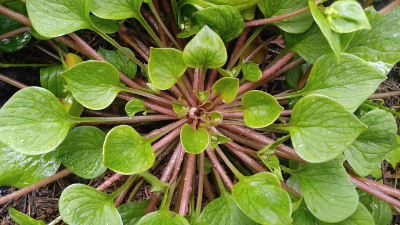
Permaculture principles - which are based on the 3 permaculture ethics - are the guidelines by which all permaculture practices are done. (for a definition of permaculture, visit our permaculture articles page). The main permaculture ethics are: care for the earth, care of people, and careful process. There are 12 main principles that come from these 3 ethics, and I will describe each one below.
The 12 Permaculture Principles
The permaculture principles are the groundwork from which all permaculture design and practices stem from. They also give windows through which to view the natural world and our interactions with it. Here they are in the order they are commonly recognized:
1. Observe & Interact
2. Catch & Store Energy
3. Obtain a Yield
4. Apply Self-Regulation & Accept Feedback
5. Use & Value Renewable Resources & Services
6. Produce No Waste
7. Design from Patterns to Details
8. Integrate Rather than Segregate
9. Use Small & Slow Solutions
10. Use & Value Diversity
11. Use Edges & Value the Marginal
12. Creatively Use & Respond to Change
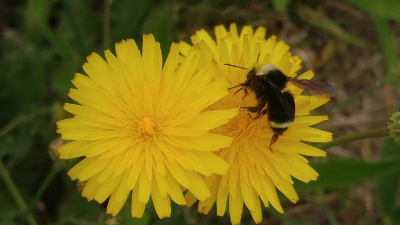
Observe and Interact
First, permaculture asks us to observe that natural processes already present on the landscape. This principle assumes that the natural world has a great deal to teach us, and that knowing the original pattern of the landscape we are on prior to our deliberate changes to it is valuable and should be respected.
Catch and Store Energy
Use the energy that is abundant where you are, whether that is water, wind, solar or people energy. This is about both being local and sustainable, without taxing the system you are part of.
Obtain A Yield
Yes, observation is important, but so is producing something viable. Systems can beautiful, but permaculture is about using them to make something happen. You might have a beautiful garden, but is it actually producing something of value and in an amount that makes it a worthwhile investment of your time and energy?

Self-Regulation and Feedback
A vital part of this is being willing to change those parts which are not working. This means both the systems you are implementing and your own behavior. Be open to feedback from others around you, including the land itself showing you something is not working.
Use and Value Renewables
Part of the key to the power of permaculture is learning to be less dependent or even independent from rare and non-renewable resources. So, it is a matter of using resources that are present on site or at least, easily reused or replaced without causing harm to the land or people.
Produce No Waste
This sounds like a lofty goal, but can be achieved by sticking to materials that can be reused, or recycled, especially onsite. So rather than plastic containers, it could be glass or willow baskets.
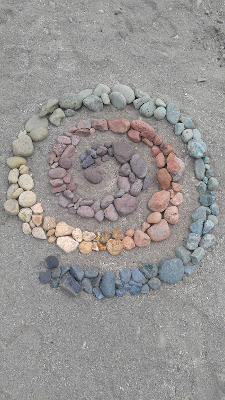
Design from Patterns to Details
Coming back to observation again, and applying it. The natural world - including humans and our behavior - can be observed closely as a source of inspiration in helping shape our designs. Whether this is how far our garden is from our front door or what shape we make that garden for maximum efficiency and growth.
Integrate Rather than Segregate
Whenever possible, it is far more efficient and holistic to integrate different parts of our systems together into one cohesive unit. Energy wasted could be turned into energy used if we include all of the knowledge we have available.
Be More Prepared For Your Next Outdoor Adventure!

Don't leave without knowing these six essential survival skills. Our free survival mini guide reveals the strategies of:
- Shelter & fire to prevent the number one cause of death
- Obtaining clean water to avoid life-threatening dehydration
- Common wild survival foods and other critical skills!

Use Small and Slow Solutions
Keep things local, manageable and small scale whenever possible. The larger the scale of a system or series of systems, the more parts there are to manage. It is easy to imagine that the quickest solution is always best, but this goes against the natural order of things. Things that last take time.
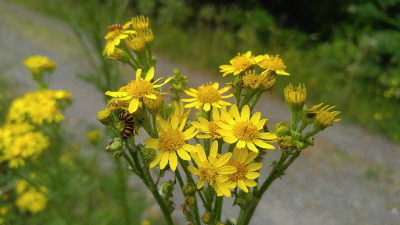
Use and Value Diversity
This is true for plants, animals, systems and people. Observe carefully to clearly see the differences and how they work, then apply them in ways that benefits everyone. Diversity is the spice of life and the part of permaculture that allows for resiliency in the face of both planned and unexpected changes.
Use Edges and Value the Marginal
The edges in natural environments are the places of greatest diversity and productivity. Learn to fully appreciate and utilize these spaces. Also see that what some regard as marginal is often simply something who's value has yet to be seen. A dandelion in a manicured lawn is seen as a weedy pest, but in a garden may be a source of food, medicine and a beneficial insect attractor.
Creatively Use and Respond to Change
Change can be scary, but there is always an opportunity hidden in every kind of change. Resiliency must be built into your design, so don't rely on a single method or product for all of your needs. Have multiple sources of power and production so that if change happens, especially negative change, you can learn from it and move on.
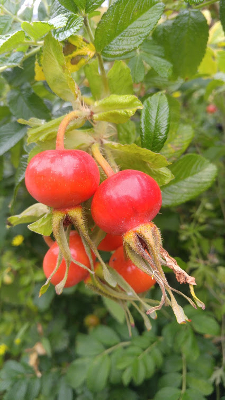
By the way, a big part of why we love homesteading & permaculture skills so much is because they are a natural extension of learning about wilderness survival (both fields are all about self-sufficiency and working with nature to satisfy needs). An understanding of survival not only helps you become a better permaculturist, it empowers you with life-saving outdoor skills to keep you safe when out in nature. Right now you can get a free copy of our mini survival guide here, where you'll discover six key strategies for outdoor emergencies, plus often-overlooked survival tips.
Additional Resources on Permaculture Principles:
Permaculture principles and overview on Wikipedia
Permaculture Courses at Alderleaf

About the Author: Filip Tkaczyk is a periodic guest teacher at Alderleaf. He also wrote the field guide Tracks & Sign of Reptiles & Amphibians. Learn more about Filip Tkaczyk.
Return from Permaculture Principles back to Permaculture Articles
Is The Essential Wilderness Survival Skills Course Right for You? Take the "Online Survival Training Readiness" Quiz
See for yourself if this eye-opening course is a good fit for you. It takes just a few minutes! Get your Survival Training Readiness Score Now!

Grow Your Outdoor Skills! Get monthly updates on new wilderness skills, upcoming courses, and special opportunities. Join the free Alderleaf eNews and as a welcome gift you'll get a copy of our Mini Survival Guide.

 The Six Keys to Survival: Get a free copy of our survival mini-guide and monthly tips!
The Six Keys to Survival: Get a free copy of our survival mini-guide and monthly tips!
Learn more